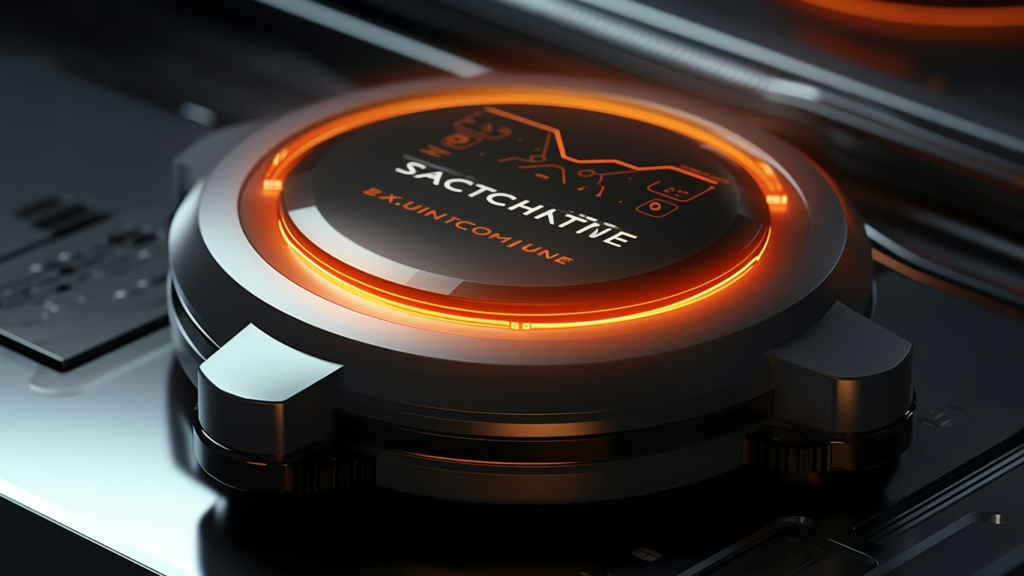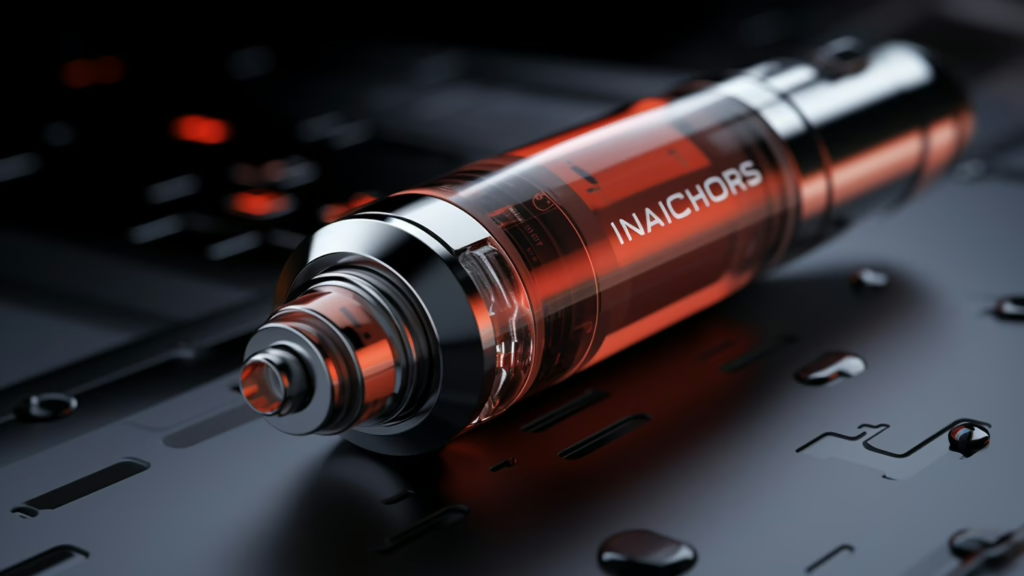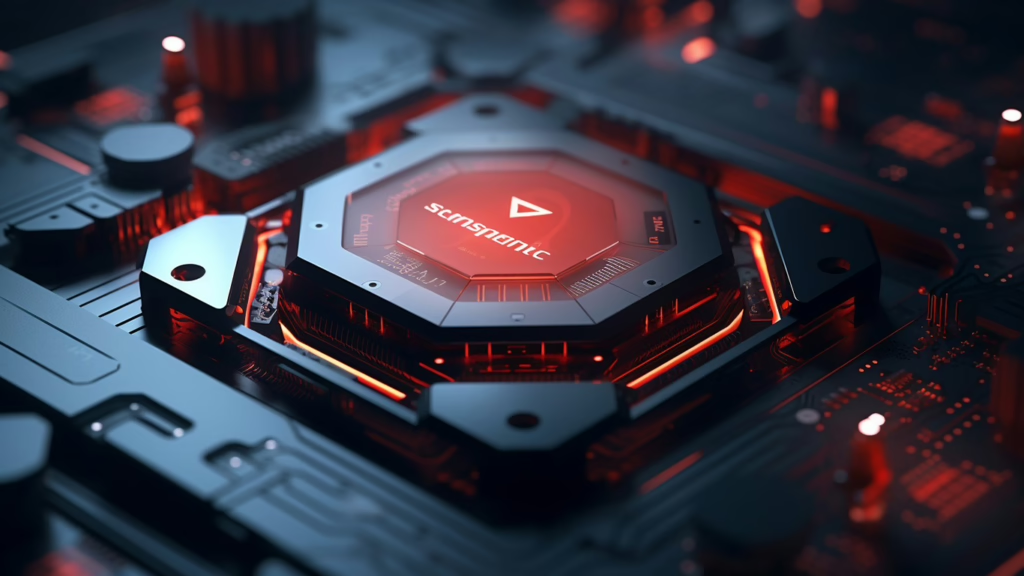Dynamic torque sensors play a key role in many areas that need accurate torque measurement. These devices help ensure quality and performance. They do this by giving instant feedback on the force turning different systems. As technology grows, companies such as XJCSENSOR are working hard to create better torque measuring tools. These tools meet the needs of various industries. This guide aims to inform professionals about the science of torque sensing and its big role in modern engineering.
Key Takeaways
- Dynamic torque sensors are key for precision in many industrial uses.
- These devices provide instant feedback, crucial for ensuring quality and tracking performance.
- Thanks to technology, high-precision torque sensors are now more adaptable and easier to find.
- Knowing how these sensors work and their types is very useful for engineers.
- Top companies like XJCSENSOR are leading the way in developing new torque sensing tech.
Introduction to Dynamic Torque Sensors
Dynamic torque sensors are crucial in today’s machines. They check the torque in systems like engines and gearboxes as they rotate. Let’s learn more about these sensors and why they matter so much in different fields.
Definition of Dynamic Torque Sensor
A dynamic torque sensor measures the twist force in rotating systems. This is key to checking how well machines work. It uses torque sensing technology for exact, real-time monitoring. This gives quick data to help tune machines for the best performance.
Importance in Various Industries
Dynamic torque sensors are critical in many areas:
- Automotive: They help make car engines quieter and less shaky, for smoother rides.
- Manufacturing: These sensors watch and manage machines, for steady and reliable work.
- Robotics: They’re key in making precise robotics, improving accuracy and safety.
These examples show how dynamic torque sensors boost the performance, safety, and dependability of mechanical systems. They do this through torque sensing technology and quick torque checks. This way, companies can do their tasks better.
Types of Dynamic Torque Sensors
There are many types of dynamic torque sensors. Each is best for certain jobs. We will talk about each type and what it does. This shows how dynamic torque sensors are versatile.
Rotary Torque Sensor
A rotary torque sensor checks the twisting force in things that rotate. This includes parts like an engine’s crankshaft or a machine’s drivetrain. These sensors help us learn how to make machines work better and use less fuel in cars, planes, and factories.
Torque Sensor Coupling
Torque sensor coupling devices let us measure twisting force in machines without needing to change their design. By putting these between a motor and what it moves, we can watch the twisting force and bending. This is key in making robots and automated systems work smoothly.
Reaction Torque Sensor
The reaction torque sensor is for measuring the twisting force where things don’t spin. This is used in tightening screws, mixing things, and putting things together. These sensors are very accurate for tasks where it’s important to apply the right amount of force.
Wireless Torque Sensor
Wireless torque sensors make measuring twisting force easier because they don’t need wires. They are great for spots that are hard to get to or keep moving. This allows for sending data right away without the trouble of wires.
Small Torque Sensor
Small torque sensors are tiny but very precise. They fit where there’s not much space. These are great for medical tools, tiny gadgets, and very small machines. They let us accurately measure twisting force where it’s really tight.
Motor Torque Sensor
A motor torque sensor goes inside motors to give us important information. It tells us about the twisting force, speed, and power. This helps test motors, control systems, and plan for upkeep in electric cars, climate control systems, and big machines.
Here’s a side-by-side look to help understand how these sensors differ and where they are used:
| Sensor Type | Applications |
|---|---|
| Rotary Torque Sensor | Engine testing, drivetrain measurements, automotive |
| Torque Sensor Coupling | Industrial machinery, robotics, automation |
| Reaction Torque Sensor | Screwdriving, mixing, assembly operations |
| Wireless Torque Sensor | Hard-to-reach components, rotating parts |
| Small Torque Sensor | Medical devices, miniaturized electronics |
| Motor Torque Sensor | Electric vehicles, HVAC systems, industrial machinery |
Operational Mechanisms
Dynamic torque sensors turn physical torque into something we can measure as an electrical signal. They use strain gauges, optical sensors, and magnetoelastic effects. These methods help pick the right torque sensor for specific jobs, making sure it’s accurate and efficient.
How Does a Dynamic Torque Sensor Work?
A dynamic torque sensor measures force on a rotating part and turns it into an electrical signal. Strain gauges catch tiny changes when torque is applied. These changes turn into electrical signals. Also, magnetoelastic effects track shifts in magnetic properties under stress. This helps the sensor give reliable and exact measurements for torque measurement systems.
How Does a Torque Sensor Work?
Torque sensors work by noting changes when force is applied. This could be through strain gauges, piezoelectric materials, or optical methods. These changes become electrical signals for analysis. In dynamic rotary torque sensors, a special technique is used. This allows measuring torque on rotating parts, like shafts and machinery.
| Type | Operational Method | Typical Application |
|---|---|---|
| Strain Gauge | Deformation Detection | Automotive Engines |
| Optical | Light Modulation | Precision Robotics |
| Magnetoelastic | Magnetic Property Alteration | Heavy Machinery |
Dynamic Torque Control
Dynamic torque control is key for top-notch performance in many machines. It keeps machinery safe and boosts efficiency. This method is vital in today’s industrial world.
What Is Dynamic Torque Control?
It’s about constantly monitoring and altering torque in machines. This is done using advanced sensors like an industrial torque sensor. These sensors provide immediate data, helping make quick adjustments.
This is especially important in manufacturing, car testing, and robotics. Here, precision means everything.
What Is Dynamic Torque?
Dynamic torque happens as an object spins. It changes with speed and load. Accurate measurement is crucial for industry performance.
We use devices like a wireless torque transducer to improve these measurements. This device makes setups simpler and monitoring better.
| Feature | Industrial Torque Sensor | Wireless Torque Transducer |
|---|---|---|
| Real-time data integration | Yes | Yes |
| Installation Complexity | High | Low |
| Flexibility | Moderate | High |
Using these sensors in control systems automates tasks. It boosts productivity and ensures accurate data. This accuracy is crucial for keeping operations efficient.
In short, dynamic torque control greatly improves mechanical systems. It does this using cutting-edge sensor tech. This brings performance and reliability to new heights.
Advantages and Disadvantages
Dynamic torque sensors have good and bad points that affect how they’re used in industries. Knowing both sides helps us figure out if these sensors fit our needs.
Advantages of Dynamic Torque Sensors
One big plus of dynamic torque sensors is they give accurate torque readings right away. This is key for managing processes and ensuring quality. They last a long time and can handle many torque levels, making them very versatile. Also, they are great at checking how well rotating parts work, helping machines run better and more efficiently.
These sensors fit smoothly into many industrial setups, providing crucial data for making adjustments. Their high-tech way of measuring shows why they’re important for keeping machines calibrated and running longer.
Using dynamic torque sensors comes with its share of challenges, however. Setting them up can be hard, often needing expert knowledge and specific tools. They may also need regular checks to stay accurate, which means more upkeep. Plus, top-notch sensors with fancy features can be pricey. It’s important to think about these costs compared to their benefits.
Conclusion
Dynamic torque sensors play a key role in industries today. They are vital for accurate torque measurement and control in fields like automotive and aerospace. The technology behind dynamic torque sensors continues to grow, showing the impact of new tech trends.
Future Trends in Dynamic Torque Sensor Technology
Looking ahead, torque measurement will greatly benefit from IoT integration. This means better remote monitoring and data analysis. We can expect smarter sensors that are more accurate, thanks to new materials and algorithms.
We’re also seeing sensors getting smaller. As industries want powerful tech in compact forms, smaller sensors are becoming essential. This shift makes new applications possible, from lab research to industrial machines. These changes highlight the promising future of dynamic torque sensor tech. It’s important for professionals to keep up with these advancements.





